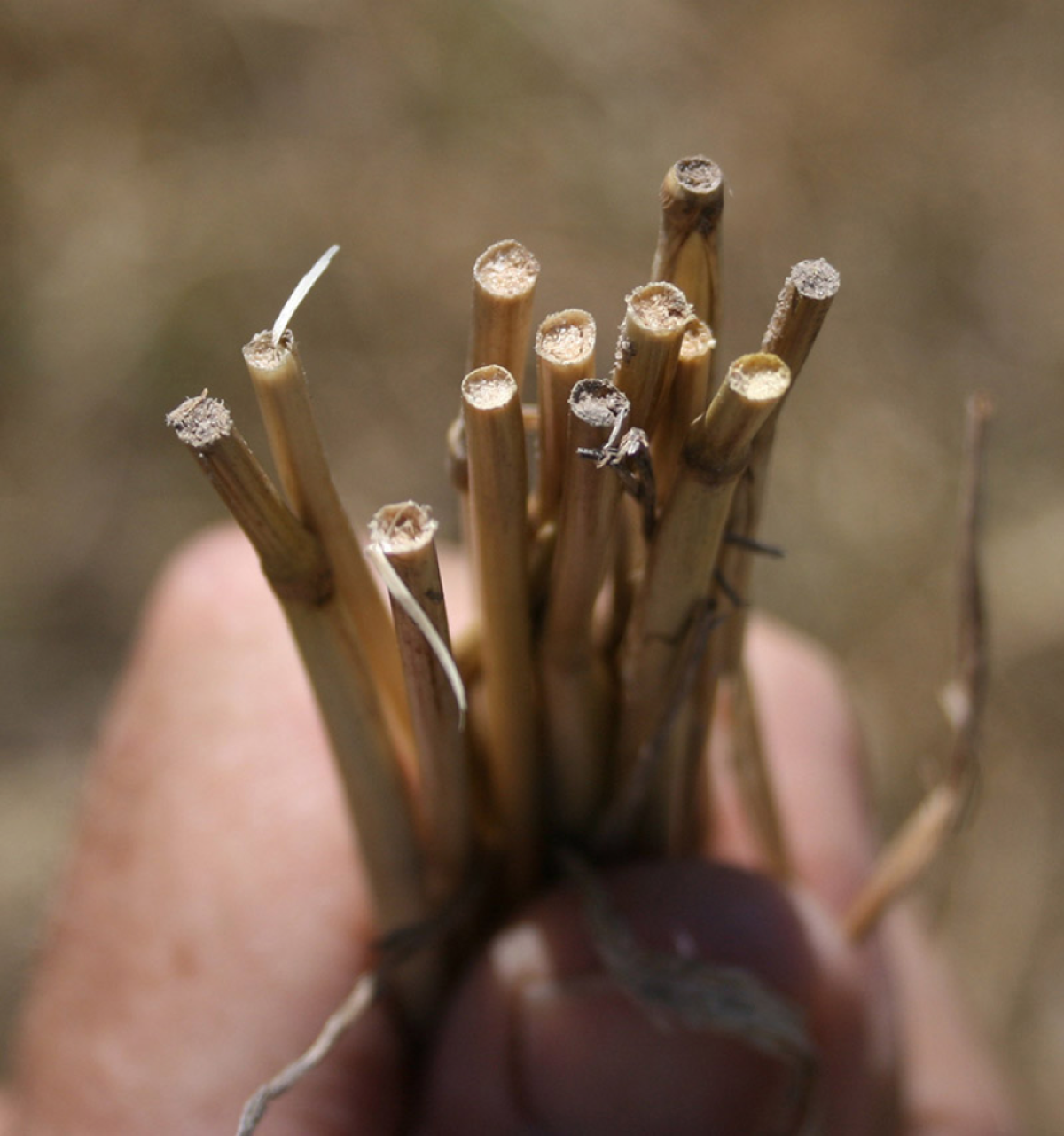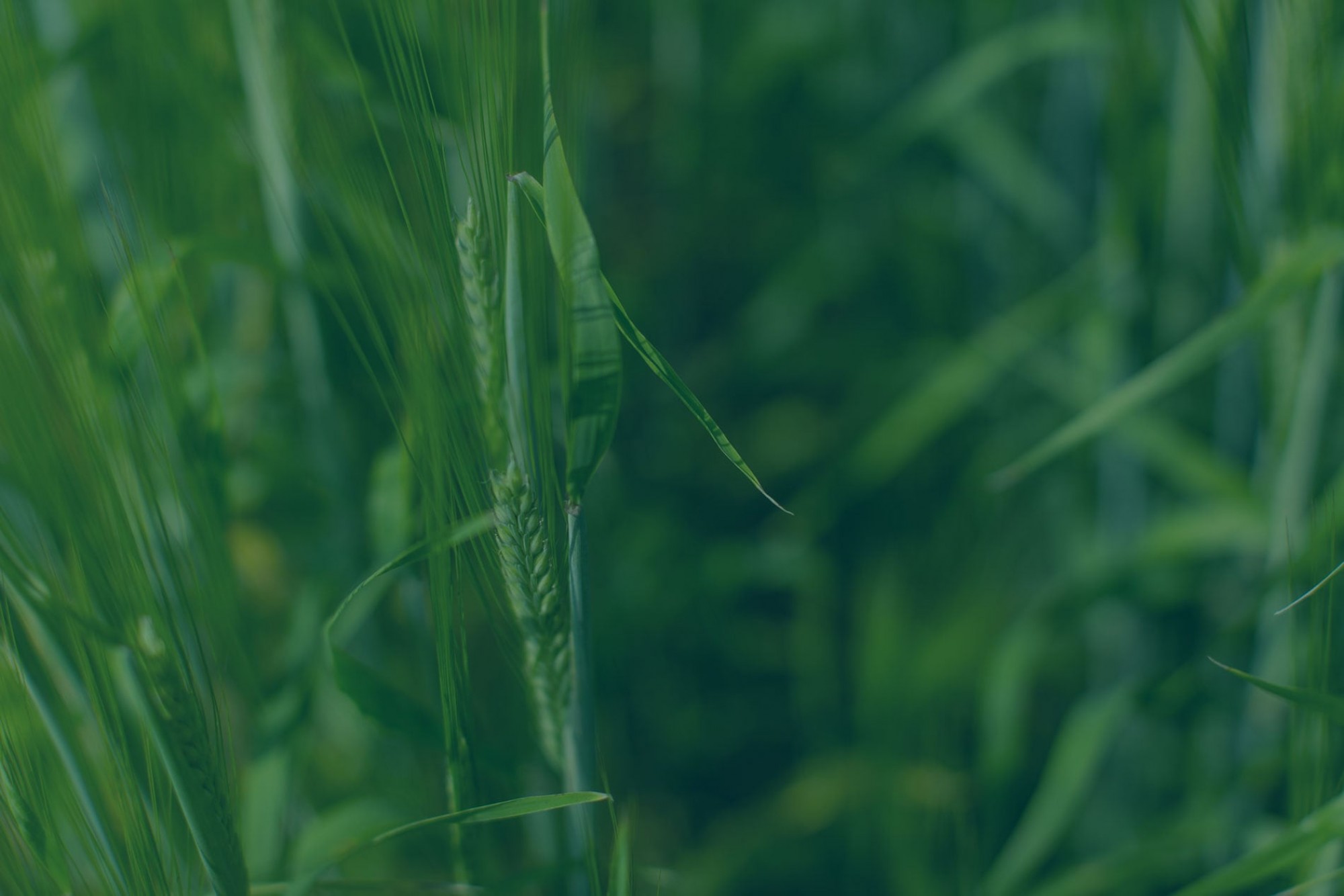Scout wheat stem sawfly damage this fall
Producers in the southern regions may have heard recommendations such as:
- Solid stem wheat is recommended if 10 to 15% of the crop in the previous year was cut by sawfly; or,
- Producers should swath wheat crops if more than 15% of stems are infested by sawflies.
The percentage of sawfly cutting is an important number for making management decisions for the following year, including selecting a solid stem variety, crop rotation and more.
But how are these percentages estimated?
Based on the Prairie Pest Monitoring Network’s monitoring protocol, and the Government of Alberta’s Wheat stem sawfly overview:
1) Timing: Before harvest is the best time to determine the percentage of plants infested by sawfly.
2) Method: determine the % of plants cut by sawfly larvae per square meter.
a) Cut open the wheat stems and look for sawfly larva, or the characteristic sawdust-like frass inside the stem.
b) Stems that contain a sawfly larva usually develop a reddish-brown band below the second or third node.
3) Site selection for damage symptoms:
a) Usually, the greatest losses occur around the margins of the fields.
b) Walk along field edge (or stubble crop interface), 5 m into the crop
c) Count cut stems
What if the field has already been harvested, can I still estimate sawfly cutting percentages?
- Yes. Entomologists conduct their sawfly surveys after harvest. Their protocol suggests bringing a meter stick and place it parallel along one row. Count the number of long stems cut by swather or combine and the number of short stubs cut by sawfly along the meter row. The stubs cut by sawfly are closer to the ground, around ¾ inch long. They have clean-cut ends that are plugged with a fine frass.
If higher than 10 to 15% of the crop was cut by sawfly, adoption of a solid stem variety is highly recommended. Rotating away from host crops by planting broadleaf crops or oats also a management practice. Keep in mind, insecticides are NOT effective to control wheat stem sawfly.

Figure 1. Wheat stems cut by sawfly have very distinct, clean-cut ends that are plugged with a fine frass. Photo courtesy of: University of Nebraska-Lincoln.

